Thanks to John Broad, some of us were able to join this extremely valuable workshop organised, on this occasion, for our section. There will be others. As space is limited it is important to claim a place quickly when the notifications appear in our media or email system. Johns comprehensive report and photos of the event are below.
You are riding along enjoying the freedom, fresh air and the countryside when you round a bend and there in front of you is a motorcyclist laid in the road. What would you or could you do in the next few minutes to deal with this situation and maybe save a life? This question is the reason the “Biker Down” workshops were started.
They are being run by the Fire & Rescue Services around the country and Oxfordshire offered one of the evenings they run just for the BMW Club Oxford Section members. For the BMW Oxford Section workshop the two facilitators were Deb Lamb and Andy Ford, both very experienced Fire & Rescue officers and have a great deal of knowledge on biking issues. Andy even admitted to owning a Harley but we’ll forgive him.
As with any type of workshop that has a ‘hands on’ element the number of people who can attend will be limited and the organisers have determined this to be around 14. Keeping the numbers down helps the participants to feel part of a close knit group without any potential embarrassing situations arising as the practical work gets underway. Amazingly, the workshops are free and run on a voluntary basis by Fire & Rescue personnel although a generous donation to the Air Ambulance will be very welcome. As motorcyclists that old accident statistic keeps coming up to haunt us that we are 1% of the road users but we have 20% of the fatal or serious injuries in accidents. The actions anyone who has attended one of these workshops puts into practice just might help reduce these figures.
A quick round of introductions helps to identify those who have real life experience of having to deal with the biker down scenario, those with any medical knowledge and those with other useful skills. Those with some medical training may have completed courses in their work or in the military but as the facilitators pointed out, refresher training and learning the latest techniques is important. Whilst not asking publicly for the ages of those present, although you are asked to circle your age range in a questionnaire before the workshop gets underway, it is useful to know what their riding experience is. This seems to range from just passed the test to, well, ages but can include pillion riders. The pre-workshop questionnaire also asks about the type and size of bike you ride plus whether you have attended any additional practical rider training since passing the test.
The workshop is in three modules with the first one being that all important situation where it is imagined that you are the first on the scene of a motorcycle accident. Deb and Andy ask those questions we all might think when presented with such a sight and from the responses they expertly evolve from those present a right set of potential actions. Interestingly they point out that there is no right or wrong answer to this section as each accident scene will need to be evaluated but they provide a method to work through to produce a plan. With the knowledge gained from these courses people will find they have the confidence to take control of a situation and be able to stay calm to deal with the scene in front of them. Thinking about making the area safe for other road users who may arrive is also important plus of course summoning help from the emergency services.
Maybe the next question might be to check for injuries and what should you do about them. This raises that old chestnut of litigation where, if someone attempts to help and what might be the consequences of their actions. The workshop only deals with non invasive techniques and the simple statement that anyone has the right to save a persons life is very powerful. No one has been taken to court for trying to save a life.
The second module covers first aid and that other question about removing the helmet of a rider. Having decided it is essential, how can this be achieved with minimum effort and least possible further injury to the rider? This is where those on the course can gain practical experience by trying the technique on fellow attendees. A detail I didn’t realise is that any red tags on a helmet identify the release system. How do you keep the blood in the body of an injured person and how do you keep it pumping up to the brain?
Another of those awkward questions is would you know how and when to do CPR (Cardio-Pulmonary Resuscitation)? On these workshops you will learn why it is important and have the chance to practice on a dummy; no, not one of your fellow attendees but a plastic practice dummy. Singing along to Vinny Jones “Staying Alive” to provide the required rhythm is probably better than singing “Another one bites the dust”! Learning a sequence of checks of the injured person will enable you to make good judgements on any practical actions to help them. Nothing technical but basic life support is all that is required at the scene until more expert help arrives. Help is of course readily at hand today with the increase in mobile telephone usage, as long as you can get a signal of course.
The final module covers “see and be seen”, which describes how the human eye works and why SMIDSY (Sorry Mate I Didn’t See You) is real. The failings of the human eye and brain to assimilate all information when scanning means that the brain fills in the gaps by using information that it has already seen and can miss out objects altogether. If a driver doesn’t stop at a junction and really look down a road, they will not see a bike coming as the scene when rapidly scanned will be filled in by the brain as empty of vehicles. It doesn’t help if we dress in, what during the war was called “razzle dazzle”, clothing and bike paint that was designed to camouflage ships, let alone motorcycles.
A final plug for the ICE (In Case of Emergency) card that is available from many sources that is inserted into the lining of a helmet and a green dot stuck to the outside of the helmet to indicate to rescuers that it is there should be a must for all motorcyclists.
Of necessity this has only been a brief idea of what the workshops cover as the intention is for you to book yourselves into the nearest workshop to discover for yourself just how much you really can do if ever you are presented with this situation of a “Biker Down”.
To find out more just enter “Biker Down” in your search engine. They also have a facebook page at https://www.facebook.com/bikerdownuk/ and for those in Oxfordshire they have the following sites www.facebook.com/bikedownoxfordshire and www.twitter.com/bikerdownoxon or you can email at BikerDown@Oxfordshire.gov.uk
John Broad, Steve Moxey, Bob Mack
BMW Club Oxford Section

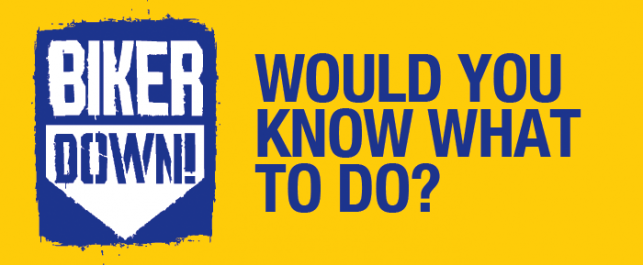

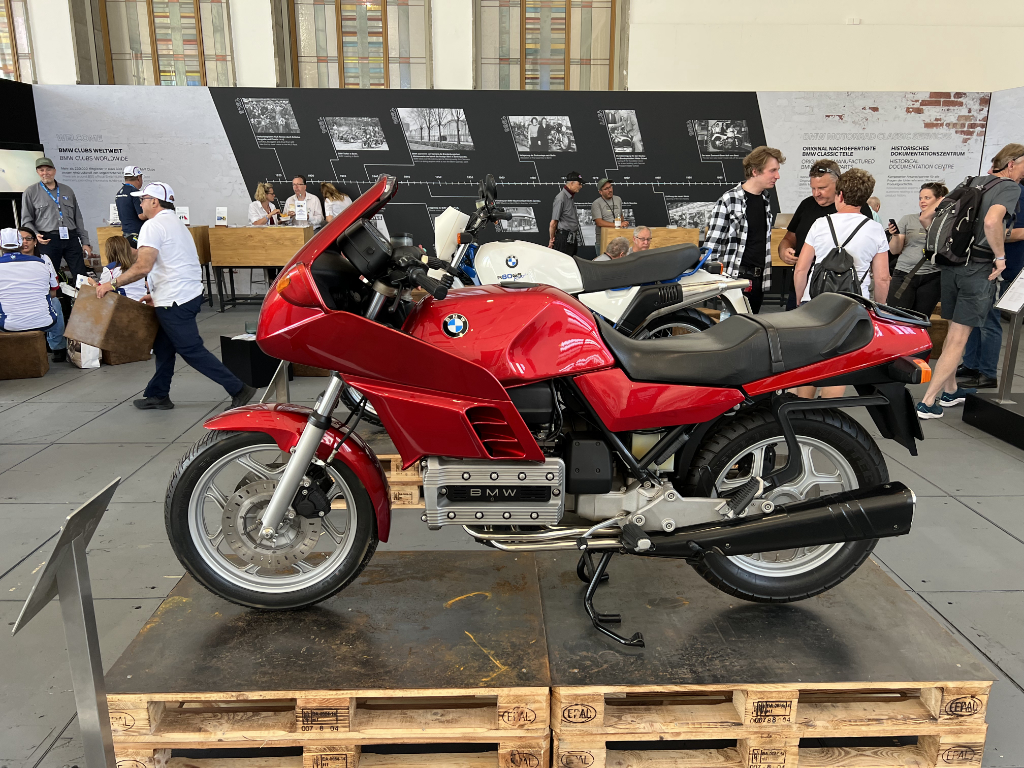
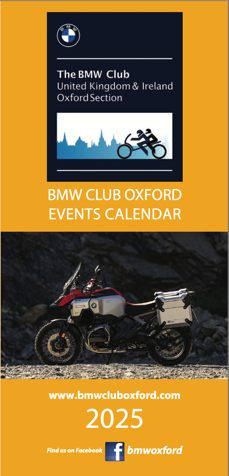
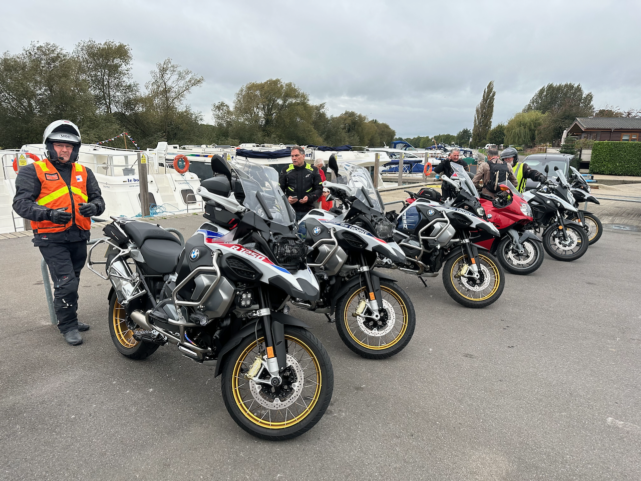
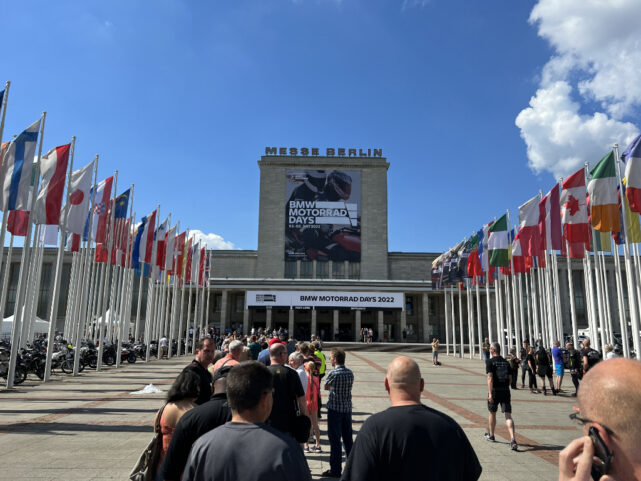

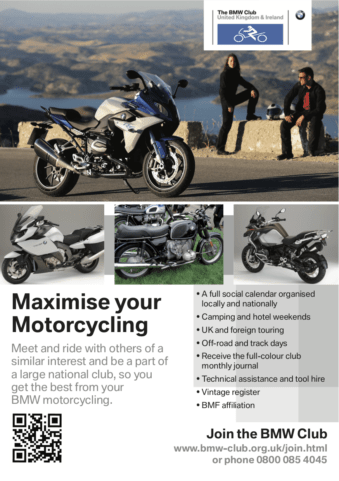
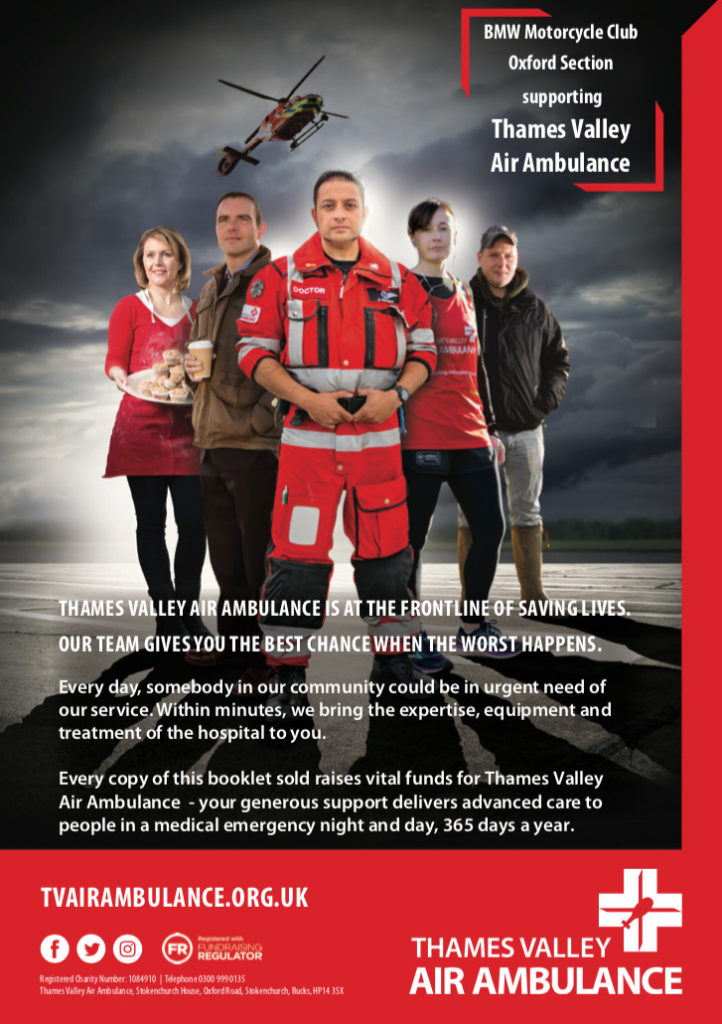
You must be logged in to post a comment.